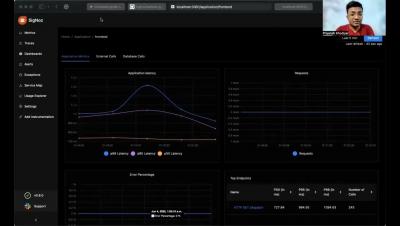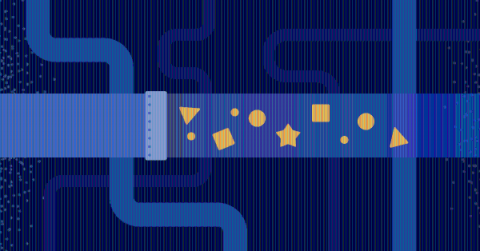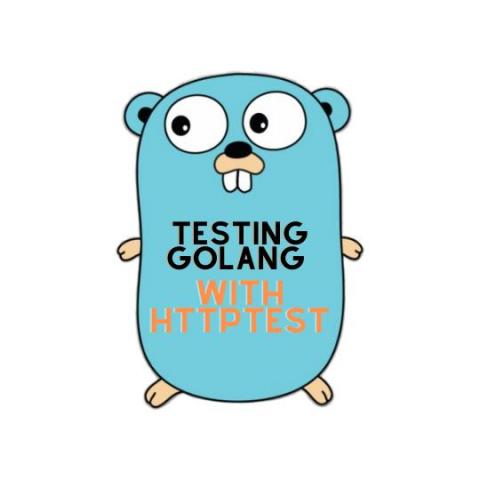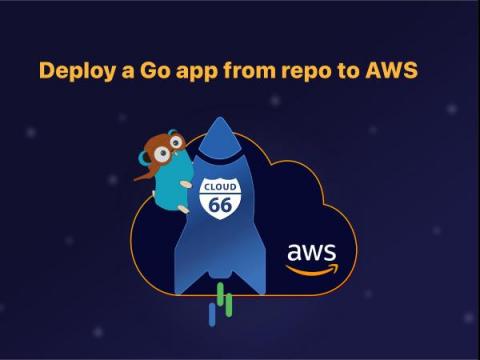Operations | Monitoring | ITSM | DevOps | Cloud
Go
Concurrency in Golang: Building a Data Pipeline for Monitoring Microservices from Scratch
Time and resource consumption have become the driving forces of developing modern applications. While building cloud-native applications, it’s important to ensure that you have the most optimized code in place, and oftentimes that means leveraging concurrency. While writing concurrent code may sound overwhelming at first, Golang makes it extremely easy to get a handle on.
How to Set up a Jenkins CI/CD Pipeline for Your Golang App
Bringing the best software solutions to market as quickly as possible requires using automation to facilitate repetitive tasks (e.g., testing) so you can spend more time writing high-quality code. This is one of the main reasons why today’s top-performing dev teams build continuous integration (CI) and continuous delivery or continuous deployment (CD) pipelines, which enable them to ship new releases faster.
Using gRPC with Golang
In this tutorial, you will learn how to work with the gRPC Golang library for microservice communication by creating a simple note-taking application. APIs and service-to-service communication are what make modern microservice architecture possible. REST is generally the preferred implementation pattern, but if you only use REST, you could miss out on the significant performance gains that gRPC can offer. gRPC can provide better speed and efficiency than REST APIs.
Everything You Need to Know About Golang App Testing
Oftentimes, people starting their journey in the field of software development don’t understand the importance of testing, including Golang app testing, until late in their careers. It’s essential to think about testing as an integral part of the software development lifecycle (SDLC) not only in theory but in practice, too. When building cutting-edge software, you need to make sure that the version being upgraded is error-free and that almost all of the failure cases have been considered.
Making Go errors play nice with Sentry
Here at incident.io, we provide a Slack-based incident response tool. The product is powered by a monolithic Go backend service, serving an API that powers Slack interactions, serves an API for our web dashboard, and runs background jobs that help run our customers incidents. Incidents are high-stakes, and we want to know when something has gone wrong. One of the tools we use is Sentry, which is where our Go backend send its errors.
Continuous integration for Go applications
Go, an open-source programming language backed by Google, makes it easy to build simple, reliable, and efficient software. Go’s efficiency with network servers and its friendly syntax make it a useful alternative to Node.js. All network applications need well-tested features, and those developed in Go are no different. In this tutorial, we will be building and testing a simple Go blog.
Testing Golang with httptest
Go, often referred to as Golang, is a popular programming language built by Google. Its design and structure help you write efficient, reliable, and high-performing programs. Often used for web servers and rest APIs, Go offers the same performance as other low-level languages like C++ while also making sure the language itself is easy to understand with a good development experience.
Go 1.18 released on Platform.sh
As of yesterday, the team behind Go has released a new version 1.18 with some significant changes to the language. Those of you who want to start using these new features are in luck: you can do it right away on Platform.sh. If you’re already using Go on Platform.sh, you can upgrade by changing the number in the type key of your app configuration. In your.platform.app.yaml file: If you’re not yet using Go for your project, now’s a great time to give Go a try.
Deploy a Go app from repo to AWS
We are going to deploy a Go application directly from your repo to AWS with Cloud 66. Any application using any language on any framework can be deployed with Cloud 66 as long as it has a Dockerfile. Note: Rails applications are exceptions as we deploy them natively. If your application does not have a Dockerfile, we will suggest one for you based on your code. However, we would recommend reviewing what we have suggested and making sure the Dockerfile meets your requirements.











